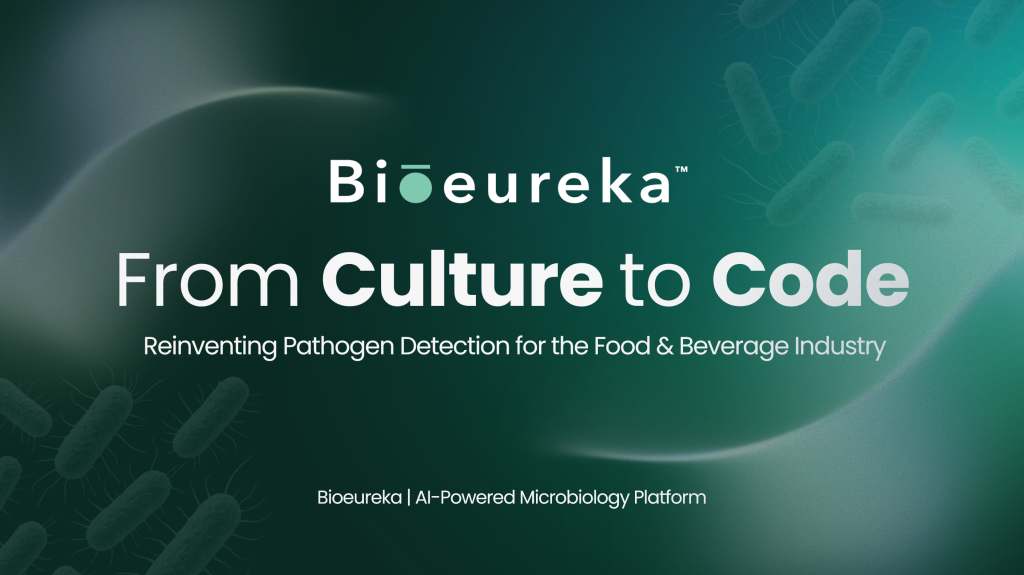From Hype to Science
It’s all the rage right now. In the media, at work, among friends… Since the rise of ChatGPT, artificial intelligence has become a hot topic. It fascinates, intrigues and sometimes even worries. Many see it as a technological revolution that could reshape how we work, automate tasks and challenge the way we think. But beyond the buzz, what does AI really mean? And more importantly, how do we use it in a meaningful way at Bioeureka?
A biological origin before a technological one
AI isn’t a recent invention. Its roots go back to the 1950s, long before Google or smartphones. At that time, researchers like Alan Turing laid the groundwork for what would become artificial intelligence, imagining systems that could simulate human cognitive functions like learning and decision-making.
Interestingly, AI didn’t emerge from the tech industry as we know it today. It was born from a scientific ambition to understand how the brain works. Biologists, neurologists and mathematicians began modeling the mechanisms of human and animal thought. This led to the development of the first artificial neural networks, inspired by biological neurons. From the beginning, AI was shaped by the intersection of biology, mathematics and computer science.
Since then, it has evolved rapidly, driven by increased computing power, massive data availability and breakthroughs in deep learning. Yet the core idea remains the same: building systems that can learn, recognize patterns and make decisions based on complex information.
AI at Bioeureka: applied with purpose
At Bioeureka, we don’t use AI for the sake of using AI. We see it as a tool that serves microbiology and helps solve real-world problems. Our goal is simple: make analyses faster, more accurate and more accessible.
Our models rely on multi-source data, both visual and textual. During analysis, users can add contextual information like culture conditions or specific observations, making the models more adaptive and relevant in real lab environments. The models we developed can identify bacteria stained using the Gram method. By combining microscopic images with descriptive data, we go beyond the limits of traditional methods and improve result reliability.
But let’s be realistic. AI won’t change the world on its own. It’s only truly useful when applied to a specific, well-defined problem. It’s a tool, not a universal solution. And like any tool, it has limitations. It can be opaque (the infamous black box), energy-intensive (did you know 10 ChatGPT queries consume as much energy as a full charge of a smartphone?) and raises important questions around data handling, security and digital sovereignty.
That’s why at Bioeureka, we choose to use AI responsibly. Every model is designed with care, considering its impact, relevance and real value for our users.
Making AI understandable
One of the biggest challenges we face is the lack of transparency and understanding around AI. Too often, it’s seen as magical or inaccessible. That’s why we’re launching this article series: to explain, clarify and share our vision of AI without unnecessary jargon.
We believe that improving AI literacy is key. Helping users understand how models work, what their limitations are and how to interact with them effectively is just as important as the technology itself. In the next articles, we’ll explore topics like model reliability and transparency, ethical and regulatory challenges and how to train teams to work with AI tools.
AI isn’t magic. It’s built on data, algorithms and above all, people. At Bioeureka, we believe in responsible, useful AI designed for the needs of the field.
Sources :
- Luccioni, S., Jernite, Y., & Strubell, E. (2024, June). Power hungry processing: Watts driving the cost of AI deployment?. In Proceedings of the 2024 ACM conference on fairness, accountability, and transparency (pp. 85-99).
Contact us today:
Zoe Ducoureau,
MSc., Lead AI Scientist, Bioeureka
Canada & USA: +1-613-614-6323
©2025 Technologie Bioeureka Inc. All rights reserved.



